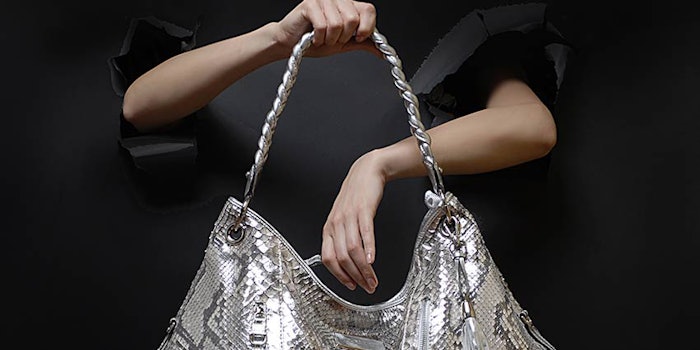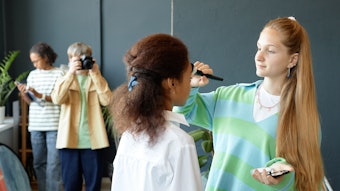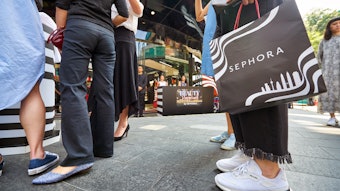
About 20% of women try new products they discover in-store, but those who don't follow up with a purchase are either concerned about efficacy or potential skin irritants, or are simply happy with the products they already use.
These findings are part of research conducted by Women’s Marketing and Seurat Group, which surveyed more than 1,000 multicultural women on their preferences for beauty and hair care products.
The research found that shoppers behave differently depending upon their preferred retail channel.
In-store, nearly 90% of women are on a specific purchasing mission, with roughly the same number interested in new products.
Information-hungry
The survey revealed that women routinely seek out new trend information, whatever the source, with about 1/3 actively aware of the latest trends. Before shopping, almost 60% of shoppers will have consulted a beauty professional, a bit more than half will have read online reviews and spoken with family or friends, and 40% will have looked at ads and brand and retailer websites.
The results showed that 36% of consumers checked out social media before shopping, just below the 38% that check out magazine articles.
Brand-disloyal
Notably, Sephora shoppers are highly likely to try new products and are, unsurprisingly, impacted by social media, especially Instagram. (Further reading: Sephora shoppers' preferences.) In fact, Sephora and Ulta shoppers are the most likely to pull out their phones and consult a mobile source in-store.
No surprise, then, that retailers and brands are increasingly tasked with serving highly brand-promiscuous consumers.
More than 80% of surveyed shoppers bought more than one brand in the last year, largely in a search for products formulated to meet their specific needs.
Store associates influence 31% of consumers on product choice, though this is only true for 12% of hair care shoppers.
The research found that 35% and 34% of skin care shoppers purchase products every two to three months and every month, respectively, and purchased, on average, almost five products in the last six months.
Half of hair care shoppers, meanwhile, purchased products every two to three months, with 23% buying products monthly. Over a six month period, average shoppers had purchased more than five products.
Ulta shoppers also like to try new products, while department and mass market shoppers look for value and convenience. Target, which recently partnered with Harry's, has shoppers motivated by brand ads and print magazines.
The Moment of Truth
The survey found that about half of the brand decisions women make occur in-store, meaning the experience is critical.
In-store, nearly 90% of women are on a specific purchasing mission, with roughly the same number interested in new products.
So, how can brands close the deal?
- Packaging: nearly 60% of skin care shoppers and 63% of hair care shoppers consult packaging in-store, while nearly 1/3 of all shoppers are lured to new products via compelling packaging
- Discounts: nearly half of shoppers are motivated by discounts and sales
- Fragrance: almost 1/3 of shoppers are motivated by a pleasant scent (34% for skin care, 48% for hair care)
- Claims: almost 30% of shoppers focus on claims
- Samples: almost 40% of skin care shoppers and 21% of hair care shoppers are motivated by samples
- Sales staff: store associates influence 31% of consumers on product choice, though this is only true for 12% of hair care shoppers
- Mobile: while about 20% of all shoppers deploy a phone during their retail visit, the numbers vary by category: 18% for skin care and 23% for hair care
- Signage: about 28% of skin care shoppers and 25% of hair care shoppers pay attention to in-store signs










